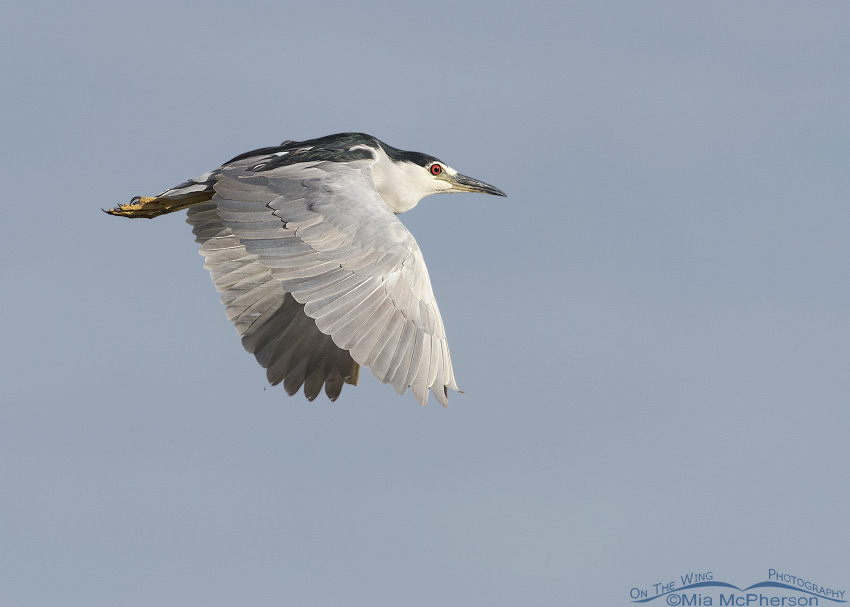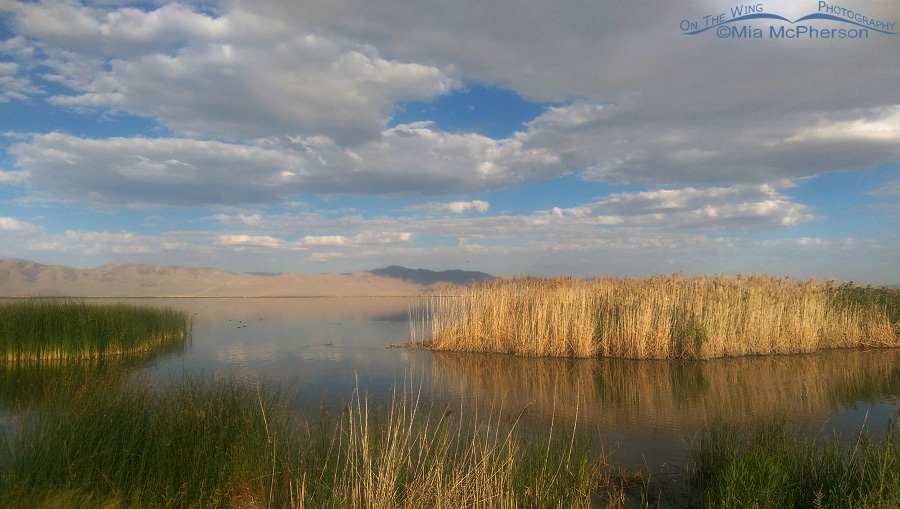 A Black-crowned Heron taking off from some phragmites – Nikon D810, f8, 1/2500, ISO 500, +0.3 EV, Nikkor 500mm VR with 1.4x TC, FX mode, natural light
A Black-crowned Heron taking off from some phragmites – Nikon D810, f8, 1/2500, ISO 500, +0.3 EV, Nikkor 500mm VR with 1.4x TC, FX mode, natural light
On the first of September I was at Bear River Migratory Bird Refuge when I spotted a Black-crowned Night Heron hidden in the phragmites. The heron was very still and might have been missed if my sharp eyes hadn’t caught some movement in the phrags. It was difficult to guess which direction the Black-crowned Night Heron would take off or if it would take off with its back to me. When the heron lifted off it did have its back to me but I started taking a burst of images any way.
(I should have posted this image yesterday for Halloween and called it “The headless Heron”)
 A Black-crowned Night Heron flying over the refuge – Nikon D810, f8, 1/2500, ISO 500, +0.3 EV, Nikkor 500mm VR with 1.4x TC, FX mode, natural light
A Black-crowned Night Heron flying over the refuge – Nikon D810, f8, 1/2500, ISO 500, +0.3 EV, Nikkor 500mm VR with 1.4x TC, FX mode, natural light
Fortunately for me the Black-crowned Night Heron turned east which gave me lovely light to photograph the Black-crowned Night Heron in flight over the marsh of the refuge. I liked the wing position in this frame, the light on the heron, and the great view of the heron’s cherry-red eye. I also like how the clouds way off in the distance in the background softened what otherwise would have been a stark blue sky.
Black-crowned Night Herons are year-round residents of Bear River Migratory Bird Refuge and other marshy locations that surround the Great Salt Lake including Farmington Bay WMA. They survive some very tough conditions during our harsh winters and we lose some birds because they succumb to the cold or have trouble finding food after the water ices over.
 A September morning at Bear River Migratory Bird Refuge – HTC One M8
A September morning at Bear River Migratory Bird Refuge – HTC One M8
The refuge is beautiful any time of the year but I love to be there when the seasons change from summer to fall where some vegetation is still green but the colors of autumn start making their appearance. This image was taken looking north west and the Promontory Mountains can be seen in the distance and reflected on the water along with the clouds overhead. I like to include scenic images so that it shows the habitat of my subject.
Being prepared by knowing the behavior of my subject and being patient can pay off and when the bird does what I hope it will do it often gets me “the” shot.
Life is good.
Mia
Click here to see more of my Black-crowned Night Heron photos plus facts and information about this species.


Congratulations on getting the shot. It is a beauty. And I like your Halloween idea of the headless heron; a fun celebration except for all the sugar.
spectacular photographic art, Mia!!!!!!!
What a truly beautiful bird. And place. Thank you.
Beautiful Images, Mia. The Heron is a very interesting subject.
Beautiful photos. My friend Linda and I live in Salt Lake but we have to have a monthly fix of a trip to BRMBR and a soak at Crystal Hot Springs. I proposed a photo challenge to her last week when we were there. That we pick our favorite location at the refuge and photograph the exact spot in each seaon. The hard part is what “favorite” place to choose
Your scenic photographs are wonderful.
De très belles prises de vues…avec toujours une très belle qualité d’image ! Explications intéressantes et merci pour la photo décrivant l’environnement et le paysage.
I loved that place a lot. I suspect I would be there often birding if I lived in your area. The drive, the birds, the scenery…..it’s pretty amazing. I feel bad for the BCNH’s there. We have so many of them down here at our local ponds, etc and I can’t imagine them in the freezing cold temps of SLC. It’s funny. Here in Tucson, they enjoy the company of the fishing folk. It’s not uncommon to see one sit next to a guy hoping to catch his dinner:)
Silver and obsidian, silver and onyx….what a beautiful bird! Especially like the rearview…the colors are so beautiful. The landscapes shot is spectacular…love thecway the clouds come put over you…all the subtle colors and textures. Yes, “life is good” …and fragile, and not to be taken for granted….but we do….
Wow, what gorgeous light you have!
I do miss our Black-Crowned Night Herons here in Canada that have migrated. I still keep looking though. Beautiful “in flight” shot.